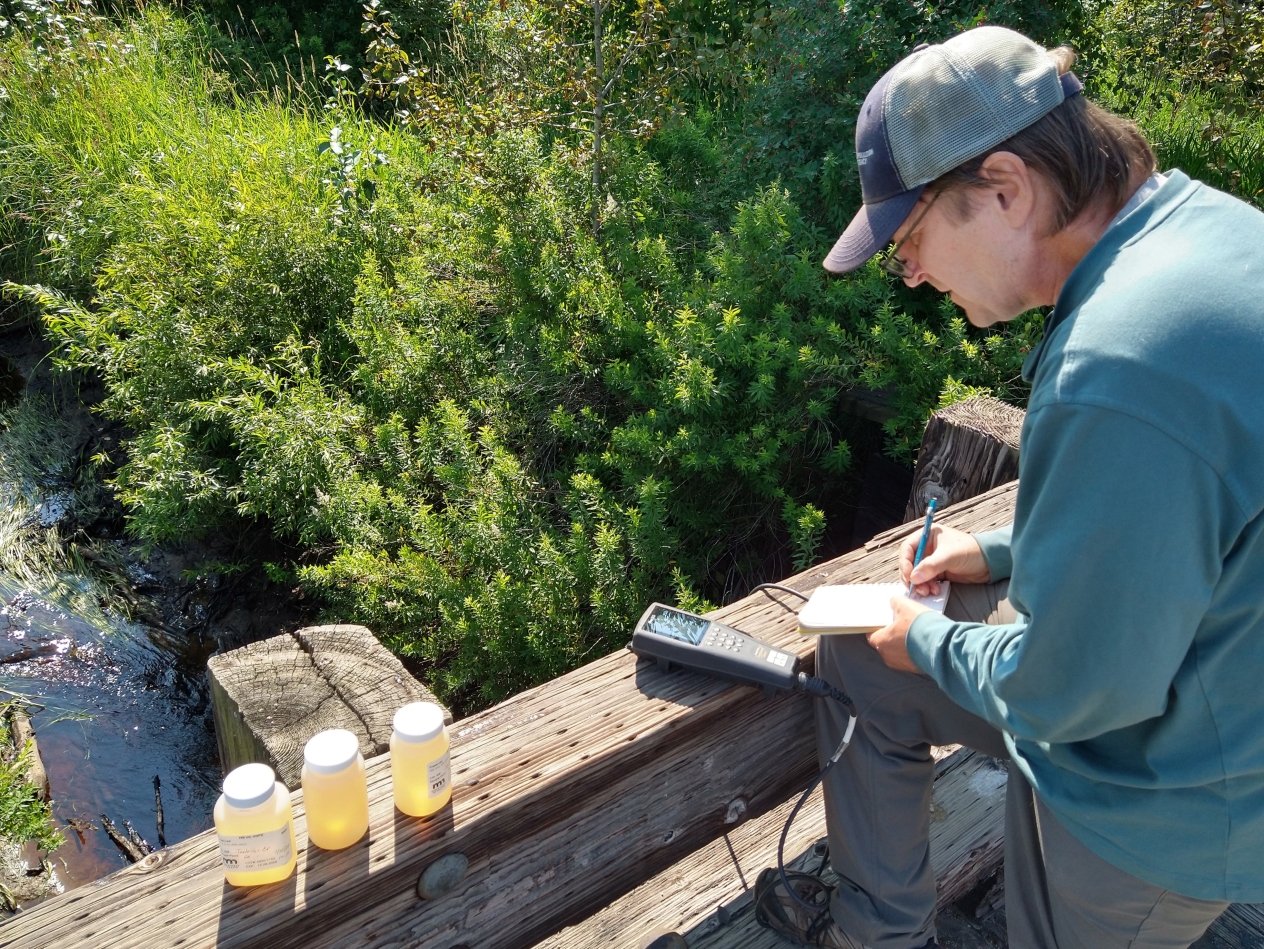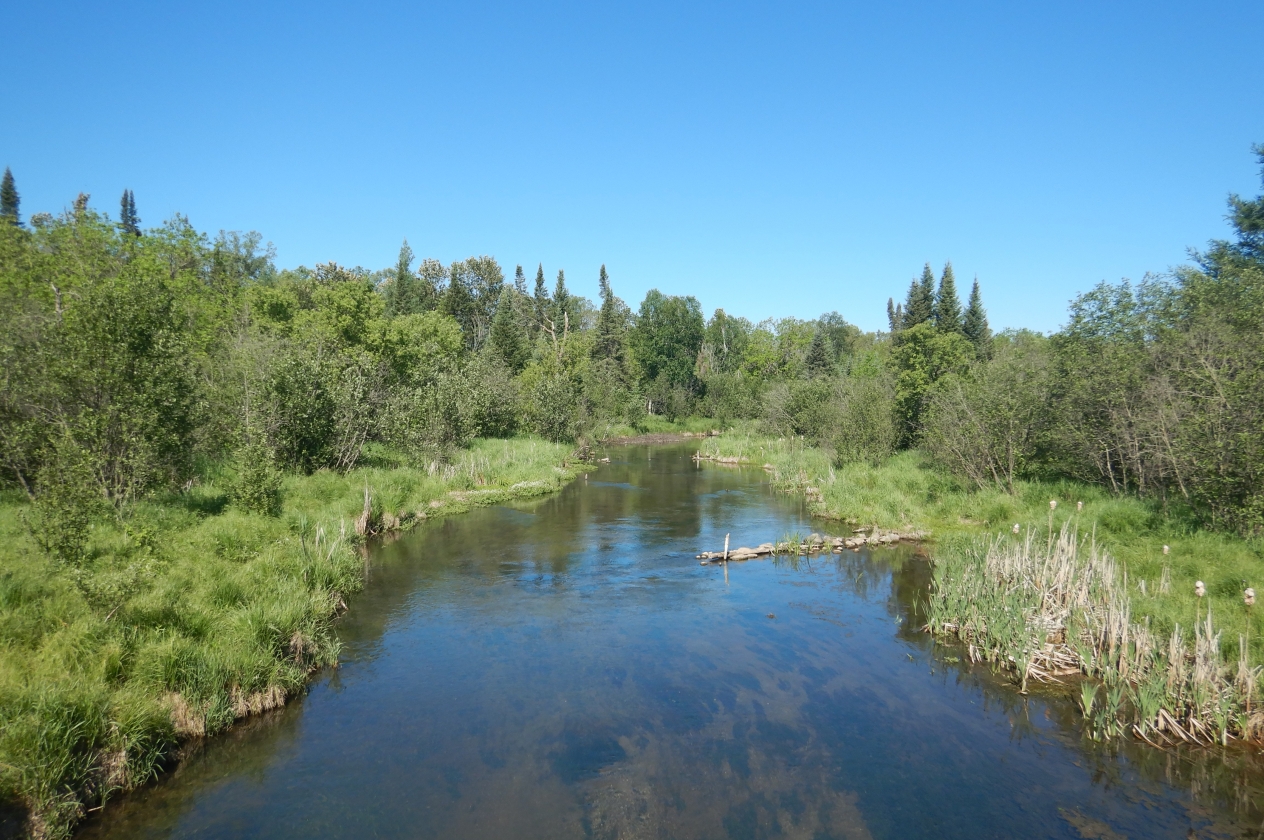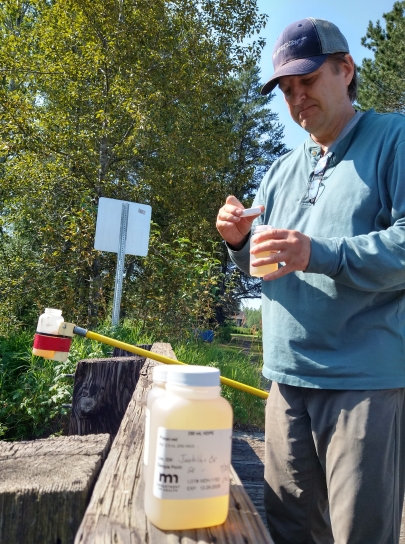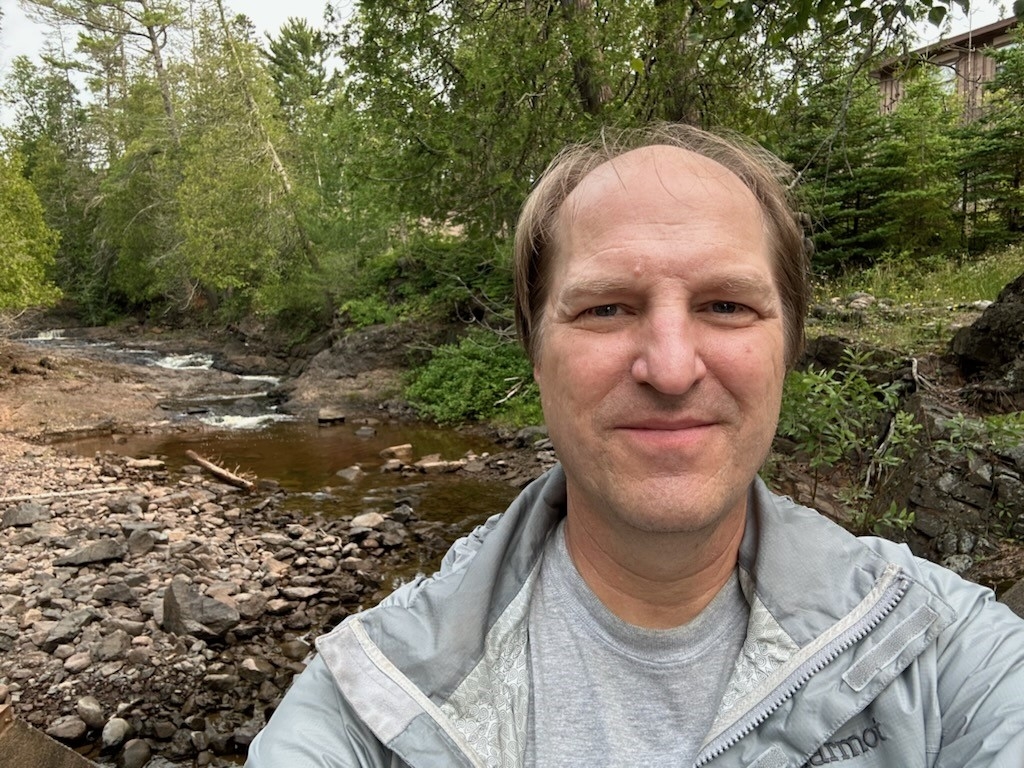
Kevin Stroom is an environmental specialist with the MPCA whose hands-on work in rivers and streams leads to deeper insights about the health of Minnesota's waters. His recently released report on Straight River explores how excess nutrients can impact the wildlife that lives there.
Q: Can you explain your job title more?
A: I would call what we do “applied ecology,” and we need to know information about a lot of fields: hydrology, hydrogeology, water chemistry, landscape ecology, aquatic biology, and stream ecology. At times, it can feel a bit daunting because so many individual fields of study are involved. But that also makes it very interesting and a continual learning situation. And no two streams are alike!
Q: What was your professional background before joining the MPCA?
A: In college, I studied biology and land-use impacts on stream ecology in a master’s program at the University of Minnesota. Earlier in my career, I identified aquatic macroinvertebrates (most of which are insects) for the U.S. Environmental Protection Agency. Lots of time looking through a binocular microscope!
Q: What kind of work do you generally do for the MPCA?
A: When our scientists flag waters as having impaired aquatic life, I investigate further. These are generally streams where either the fish or macroinvertebrates are not as healthy as they should be. We humans put significant stress on our water resources, particularly by how we change the land and its vegetation.

Q: Could you give a recent example?
A: The Straight River was one of the streams monitored in 2010 and 2020 in the MPCA’s Intensive Watershed Monitoring program for the Crow Wing River Watershed. It’s classified as a coldwater stream, and it’s a productive trout stream in an area of Minnesota that doesn’t have many trout streams. It does not meet state standards for levels of dissolved oxygen and is listed on Minnesota’s impaired waters list.
Q: What do you do about that?
A: We investigate to find the stressors affecting the biological communities, and to the degree we can, find the source of those stressors. One cause of the substandard dissolved oxygen levels is when there are too many nutrients present. This stimulates plant growth, which generally is algae. At night, plants consume oxygen. Also, bacteria consume oxygen when they break down the algae when it dies. Nitrate concentrations were much higher in the Straight River than surrounding streams. Therefore, additional monitoring for nutrients (phosphorus and nitrate) was done over several years.

Q: What kinds of human activity contribute to the pollution found in the river?
A: The primary pollutant in the Straight River is nitrate and comes into the river primarily through the groundwater rather than surface runoff. The sandy soils that surround the Straight River make surface-applied commercial nitrate fertilizer easily transferable down to the groundwater. The significant amount of row-crop agriculture surrounding the Straight River is the likely source for most of the nitrate. In general, nitrate can also come from land-applied manure, feedlots, and improperly functioning septic systems, so we consider those possibilities, too.
Q: What actions can people take to help the situation?
A: Changes in fertilizer management are likely going to be required to reduce nitrate concentrations in the groundwater. The Minnesota Department of Agriculture has instituted some new fertilizer regulations in areas that are sensitive to groundwater contamination. Also, individuals should use lawn fertilizers with care because that adds up, too.
Q: In your work, what kind of success stories have you seen?
A: Typically, streams require time to regain health. But change can occur more quickly when point source, or “end-of-pipe,” pollution is reduced — for example, if water coming from a wastewater treatment plant were cleaned up to contain less pollutants through better treatment. Minnesota has had some successes related to this. Addressing egregious situations in the Mississippi River and Rainy River from decades ago have led to drastic improvement in fish communities. In recent years, more of the success stories have been in cleaning up lakes.
Q: What challenges do you face in your work?
A: When I’m faced with how human nature includes a reluctance to change behavior. In some cases, economic choices make change harder. Positive change is occurring, while other forces are working against making progress. An example is the high-runoff precipitation events that are occurring with more frequency as climate change increases. These can be quite destructive to stream channels, leading to water quality problems and damaged habitat that is either expensive to fix or takes decades to heal itself.

Q: Have your years of experience in this field changed habits or activities you do in your daily life?
A: I grew up in a time of significant awareness of environmental concerns — the 1970s, when Smokey the Bear, photos from the moon, and the green ecology flags were often seen. So, I guess I’ve always tried to have a light environmental footprint. I try to reduce my participation in consumerism. We each put pressure on the earth’s resources, and I try to lessen mine, knowing I have ways I could improve, and I’m striving to work on those.
Q: If you had a magic wand to change environmental things, past or present, what would you do?
A: I just wish that collectively, we humans had more empathy about our earth and its resources, including the water of our rivers and lakes, and also the realization that we absolutely cannot live apart from them.